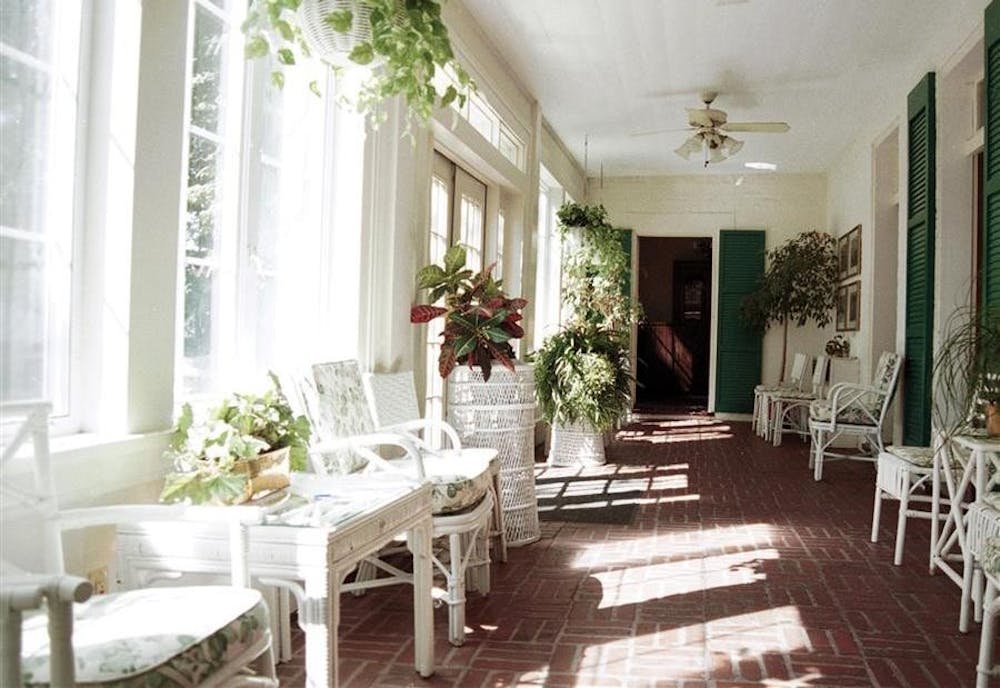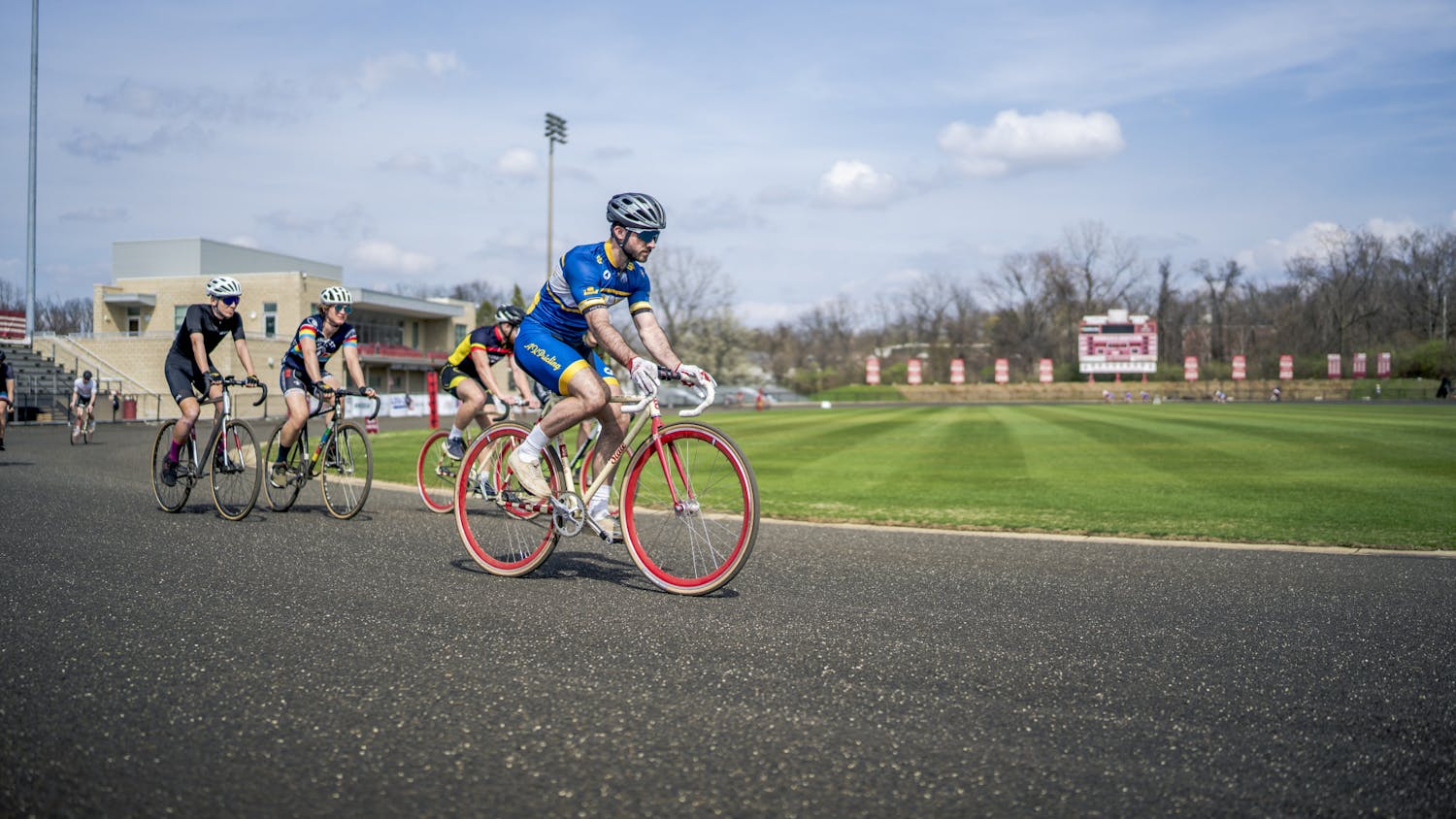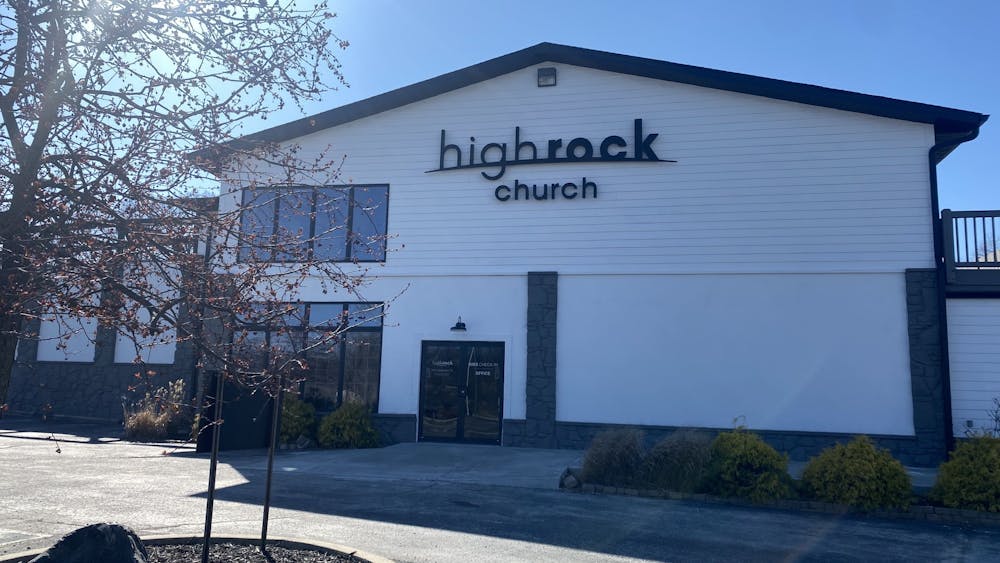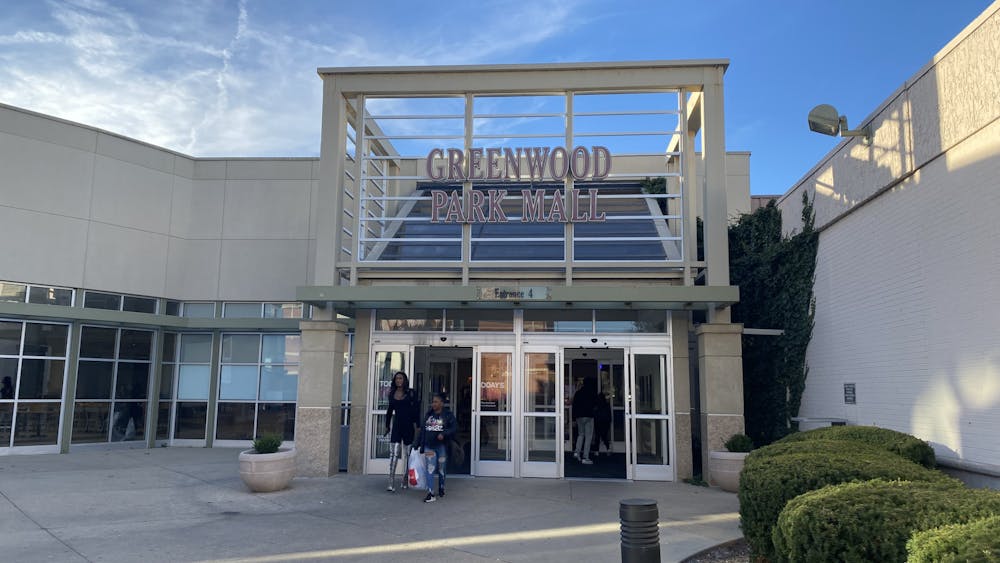The average IU student walking to and from classes in a hurry can forget the architecture IU boasts. While each building around campus has its own personality, few can compare to the character and history of these famous IU landmarks.
Bryan House
Built in 1924, the William Lowe and Charlotte Lowe Bryan House was commissioned for the president of the ?University.
William Lowe Bryan, for whom the house is named, served as the 10th president. The house has since been home to every University president except Joseph Lee Stutton.
Nestled atop a hill overlooking the campus, the stately building certainly emanates a sense of grandeur. ?Refurbished once Herman B Wells took residence, the house serves not only as a home but as a meeting place.
The Bryan House is well-known for inviting incoming freshmen and outgoing seniors to reflect on their IU ?journey.
While the Bryan House has seen many gatherings and happy times, it has also seen some hard ones.
Following the firing of men’s basketball Coach Bob Knight, students swarmed the
Bryan House to protest former President Myles Brand.
The house has welcomed its fair share of visitors and people of note, and the artifacts and history found inside attest to its vibrant history.
Woodburn House
Much the same as the Bryan House in terms of old-time charm, the Woodburn House is another jewel.
Located on College Avenue, the Woodburn House is more than 175 years old.
In 1855, political science professor James Woodburn, the house’s namesake, purchased the entire block, including the house, from its previous owners.
The house became Woodburn’s personal home, and it stayed in his family for a considerable amount of time.
The house saw many improvements and additions until Woodburn’s death in 1865.
After that, his widow began taking in student boarders, and the house became a hotspot.
Former tenants included the Kappa Kappa Gamma sorority and, at one point, the secretly-run student newspaper, the Dagger.
One of the most notable residents was Herman B Wells, whose memorabilia can still be found in the house, including his Santa suit and spectacles.
The house was retired of its duty as a boarding house in the early 1900s and was officially presented to the University during Wells’ residency in 1941.
Today, it still serves as a meeting place for campus and alumni events. This is only fitting to its original motto of “hospes genius domi,” meaning “the guest is the spirit of the house.”
Beta Theta Pi House
Beta Theta Pi, founded in 1845, is the oldest fraternity on campus. The original Beta house, which sat between Alpha Tau Omega and Acacia on Third Street, burned down.
Remnants of the original house can still be seen there, Beta House Manager and senior Adam Onderdonk said.
From there, the house moved in 1927 to the location that is currently the School of Informatics and Computing.
The fraternity was removed from campus in 2001, and when it recolonized in 2003, members moved into their present location at 1100 N. Jordan Ave.
The house consists of two main wings — the North Wing and the Central Wing. The Central wing consists of three floors, the top floor being the “Exec Floor,” where fraternity executives live.
Although there is no basement, the house contains a main great hall, a kitchen, conference rooms and many bedrooms.
The property received a $40,000 renovation last summer.
Delta Delta Delta House
Prior to the building of the Tri Delt house, the property at 818 E. Third St. was occupied by two private residences.
The sorority bought one of the homes, but when the group outgrew the living area, members decided to build a larger house on the property.
The house, which still stands today, was built in the late 1920s, Tri Delt House Corporation Board President Michelle Conn Kahlo said, and it was inspired by a modified English Tudor house.
Two renovations have taken place since the 1920s, and the sorority eventually bought the second private residence at the location and removed it from the property.
The members who live in the house stay in cold dorms, a living arrangement in which all the bunk beds are in one large room.
The house also features a formal and informal living room.
Historic houses of IU

Get stories like this in your inbox
Subscribe





